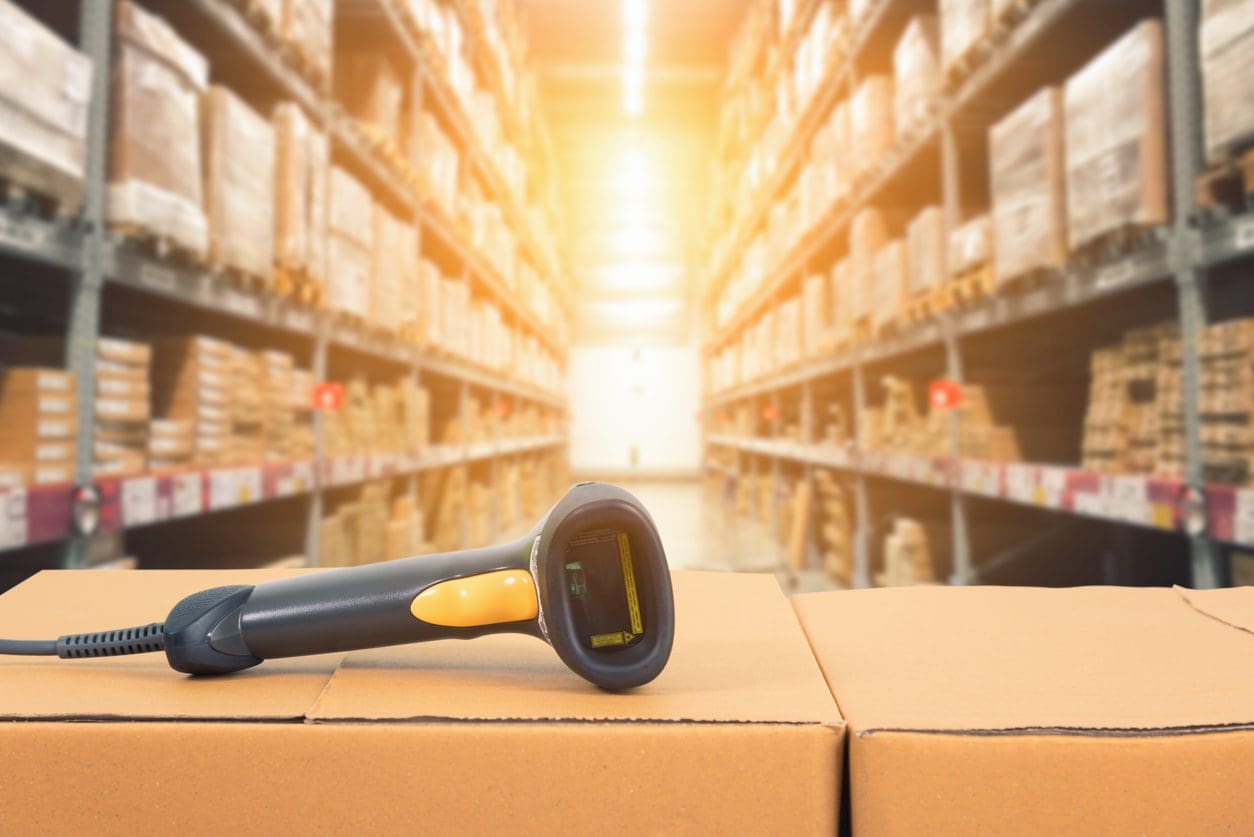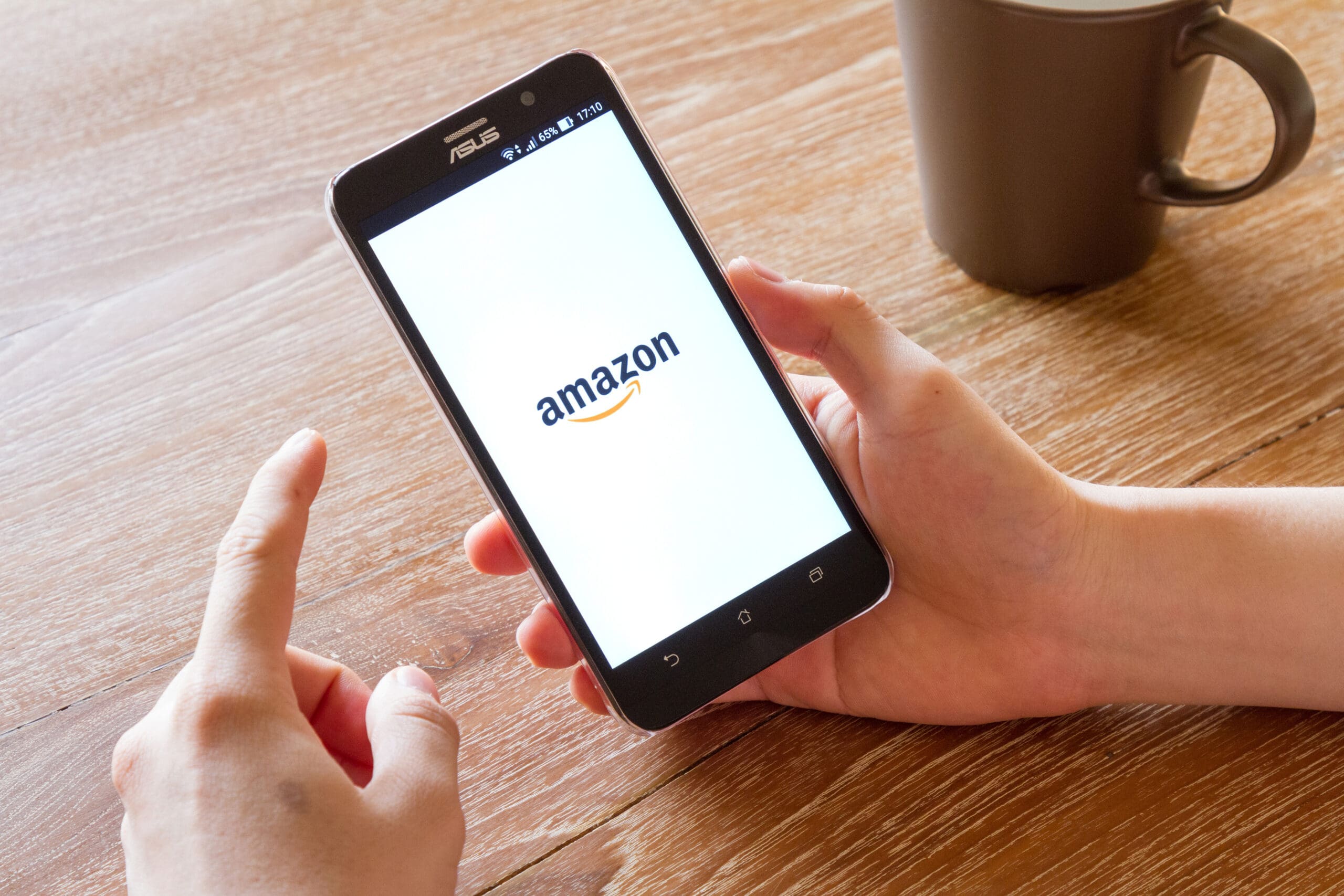Some of our favorite brands have created a legacy omnichannel presence. From Starbucks to Nike, to Disney, the move away from the traditional multichannel selling method of “product first, customer experience second” is dying off and for good reason. Now more than ever, customer experience is becoming the driving force for product purchasing. Ecommerce business owners should be looking at ways to unite their customer buying experience and move towards omnichannel selling.
But what is truly the difference between omnichannel and multichannel? Don’t they just mean selling on multiple marketplaces and platforms? Well kind of, but in very different ways.
Omnichannel by definition means multi-channel selling and buying, united by a holistic approach to customer experience; omnichannel accounts for the spillover between channels and nurtures the customer journey in and between those channels. In essence, omnichannel allows the customer to have complete control over where and when they buy.
Building an omnichannel presence is easier said than done. With most ecommerce businesses starting on Amazon, it can be hard to find a way to properly link and unite the customer experience across different channels and budget the capital necessary for these changes. Additionally, it can be a large change to your business operations, which you as a leader may not be able to navigate properly.
Without the right technology and business development help, omnichannel presence is impossible. Thus, making it harder to scale your business.
Omnichannel vs Multichannel
To fully understand the benefits of omnichannel, it is important to know the differences between each.
Both omnichannel and multichannel have become hot buzzwords in the ecommerce industry. While they both mean selling across multiple platforms, they approach the customer experience differently. Omnichannel seeks to unite the customer buying experience while multichannel focus on the products. It is more commonly seen in retail brands that move online. Alternatively, Clearinity also sees multichannel standards in brands that start on Amazon and want to move towards selling on multiple marketplaces and shopping carts.
So, where does multichannel falter in the customer experience? It treats each channel as a “silo” or disjointed from the rest of the channels.It does not allow the customer to purchase from anywhere and often drives the customer to its competitors. Compared to omnichannel, multichannel is often seen as the simpler choice as it requires fewer resources. The downside is that it is often harder to track inventory and finances because of the disjointed nature of each platform. When ecommerce owners look at each channel as a “silo” they are in essence disjoining the operations as well, since they are relying on each channel to have consistent traffic creating less efficiency and more room for communication errors to occur in the fulfillment process.
Alternatively, omnichannel offers the opportunity to be in the customer’s preferred choice wherever they are in the buying process, no matter what channel they’re often in. It allows the customer to choose when and where to buy and that freedom allows them more opportunity to purchase from you. This also means that your operations become more holistic as the customer experience no longer relies on how that particular channel operates but rather how you as a brand operate.
The caveat to omnichannel presence is that it often requires a heavy investment in technology and a strategic plan for change. When done properly companies can move away from rules and standards of each marketplace and begin to have more business controls back in their hands instead of the channels. Ecommerce business owners who are contemplating omnichannel selling must look at their inventory management, supply chain, and technology infrastructure for success.
Inventory Management & Technology for Omnichannel Selling
Inventory management seems like a no-brainer when it comes to talking about selling on multiple platforms. However, here at Clearinity, we see too often ecommerce business owners who take a shotgun approach and begin to start selling on every channel possible without the proper platform research, inventory management knowledge, and technology to support them.
Inventory management is critical for success when selling omnichannel. Omnichannel means you will need to have a firm grasp on not only your financial projections but also your stock levels for a successful customer experience. In addition, your customer service team will need a united workflow that allows for ultimate transparency in your fulfillment process. This will prevent delays in your pick, pack, and ship processes providing the customer the ease and convenience they desire.
Technology should be and IS your friend when thinking about starting to go omnichannel
Inventory management software systems such as DEAR, LOCATE, or Katana MRP can all help you navigate your stock levels, supply chain management, and customer service requests under one roof. It will ultimately help your products get to your customers faster, easier and thus increase loyal customers.
In conjunction with increasing your customer base, smoothing out your fulfillment process, and ultimately increasing demand for your products, inventory management systems will allow you access to your financials in one place so you can make critical business decisions more efficiently and effectively. No more spreadsheets and no more guessing on your stock forecasts, access all your data in one place in real-time.
Technology sounds like a no-brainer, and it should be however with the right team helping you. With the right team, they can also support you through the larger infrastructure changes that implementing an inventory management system creates and requires. Additionally, the right team will ensure that your team is fully supported throughout the process, creating a smooth transition and the ability to prioritize appropriately.
Simplify & Scale
Ecommerce business owners looking to move towards the omnichannel approach must consider these core questions:
- What is my budget?
- What is my timeline?
- Do I have enough hands-on-deck to make this change possible?
- Who will support me through this change?
Answering these questions will allow you to make the smartest business decisions that align with your overall growth strategy. In addition, those that are looking to scale and simplify their business are looking at inventory management systems as their first step and talking to their accountants and experts to find the best-suited platform for them. Fortunately, Clearinity has made it easy to consult with experts on ways to make this the most effective change for your business. Drop us a question in our contact box and we look forward to connecting with you to growth hack your business.
This article originally appeared on clearinity.com, our guest post author, and is re-published with permission.









